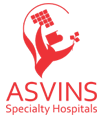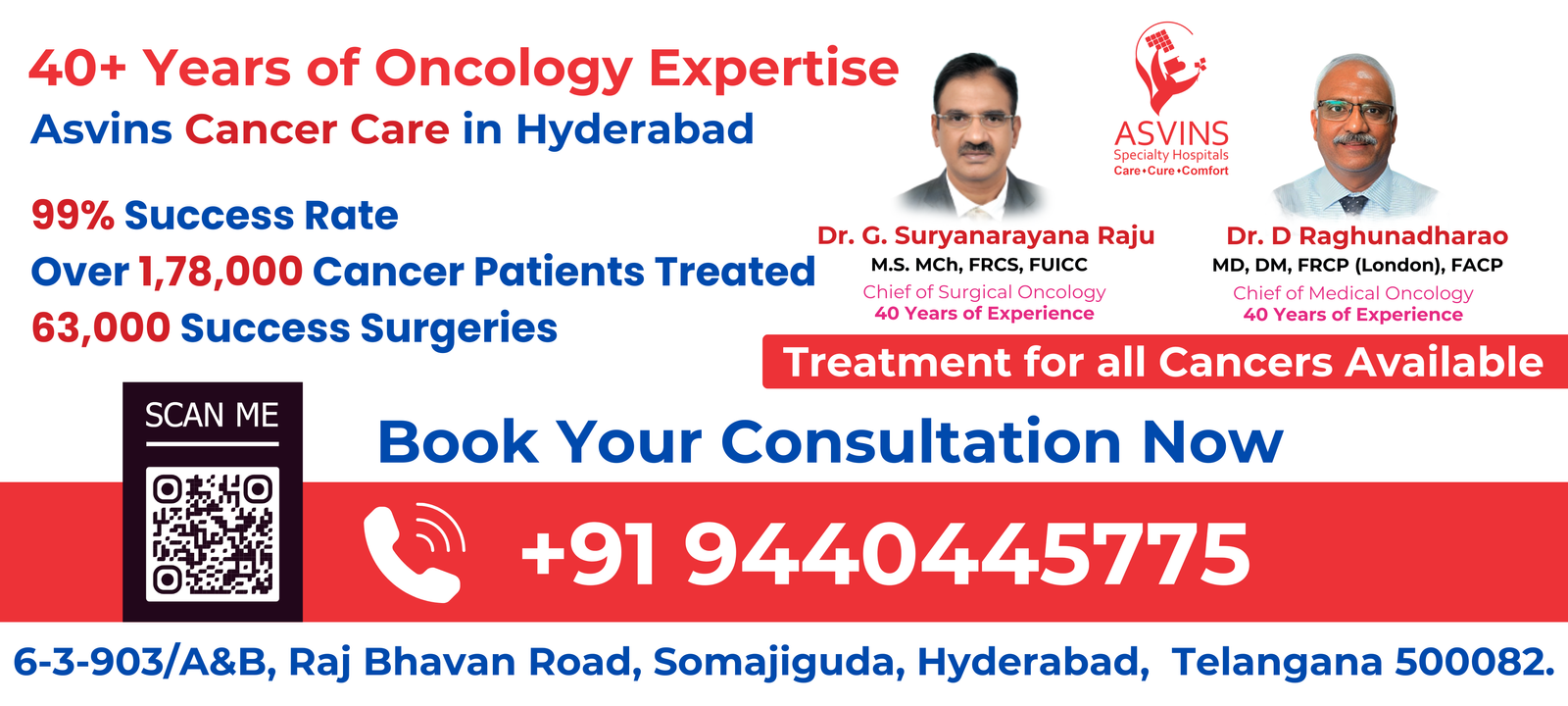Breast cancer is a complex disease that occurs due to various several risk factors. Understanding these risk factors is essential for both prevention and early detection. Here, we discuss the key factors that can increase an individual’s likelihood of developing breast cancer.
- 1. Gender: Women are at significantly higher risk of developing breast cancer compared to men. While men can get breast cancer, it is about 100 times more common in women.
- Age: Breast cancer risk increases with age. The majority of breast cancer cases occur in women aged 50 and older.
- Family History: A family history of breast cancer, especially in first-degree relatives (mother, sister, or daughter), can elevate the risk. Additionally, certain genetic mutations like BRCA1 and BRCA2 increase susceptibility.
- Hormone Levels: Prolonged exposure to estrogen, either through early menstruation, late menopause, or hormone replacement therapy, can raise the risk.
- Personal History: Individuals with a previous history of breast cancer or certain non-cancerous breast diseases are at increased risk.
- Radiation Exposure: High doses of radiation, such as those used in radiation therapy, can increase breast cancer risk.
- Lifestyle Factors: Obesity, excessive alcohol consumption, and lack of physical activity are lifestyle-related factors that can contribute to breast cancer risk.
- Hormone Replacement Therapy (HRT): Long-term use of hormone replacement therapy, particularly combined estrogen and progestin therapy, has been linked to an increased risk of breast cancer.
- 9. Reproductive Factors: Women who have never had children or who had their first child after age 30 may have a slightly higher risk.
It’s important to note that having one or more risk factors does not guarantee that an individual will develop breast cancer. Regular screenings, self-exams, and a healthy lifestyle can help reduce the risk and promote early detection, improving outcomes in the event of a breast cancer diagnosis. Consulting with a healthcare provider can provide personalized guidance on risk assessment and preventive measures.


